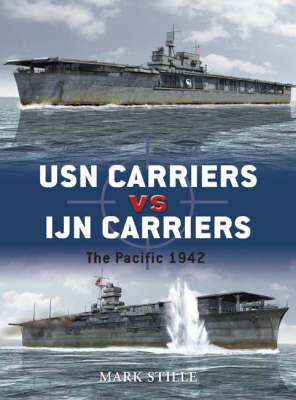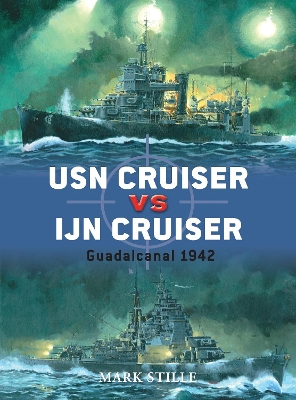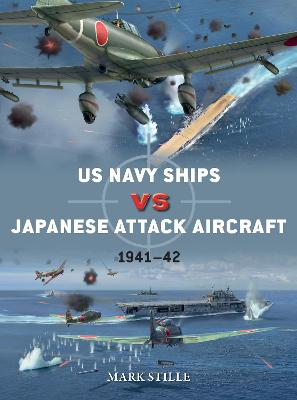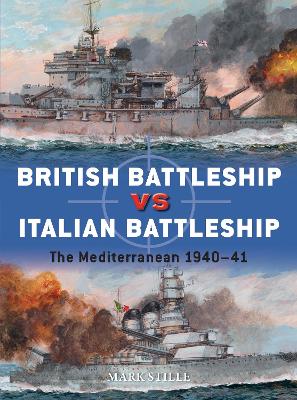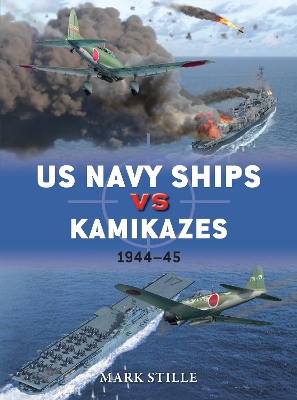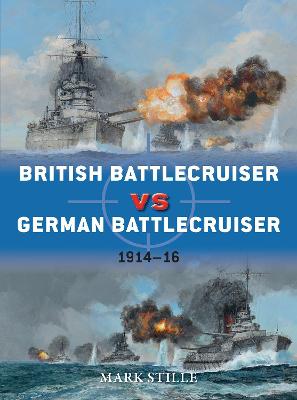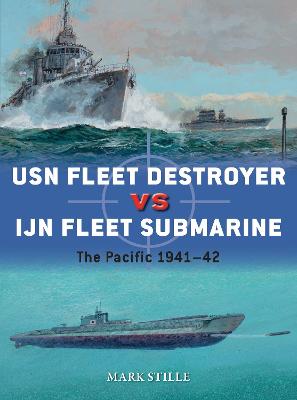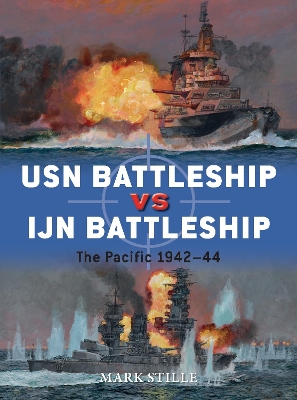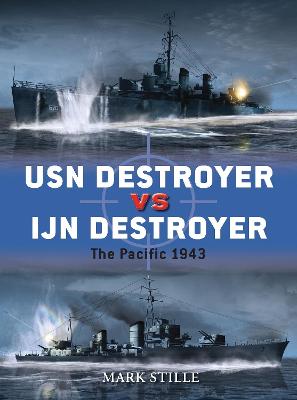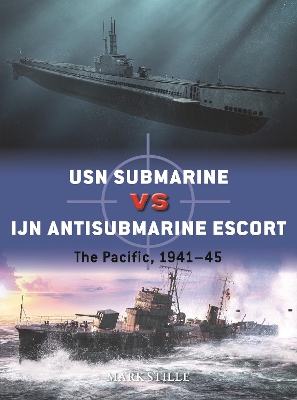Duel
3 primary works • 12 total works
Book 3
Book 6
Book 22
However, throughout 1942, US Navy ship defences brought down an increasing number of attacking IJNAF aircraft. The final major battle of the year, the Battle of Santa Cruz, exacted crippling losses on the IJN, setting the stage for the eclipse of the IJNAF's highly trained and effective aviation attack forces.
Packed with illustrations and contemporary photographs, this engrossing volume details the design, tactics, and operational records of both the US Navy ships and the IJNAF aircraft which attacked them over the year following Pearl Harbor.
On 9 July 1940, the two navies met in the central Mediterranean, as two Italian battleships faced off against three of their British counterparts. Christened the Battle of Calabria, the action allowed the ships to play to their strengths, engaging in a long-range gunnery duel, the very thing they had been designed for. Though both sides shot well, the only hit was scored by Warspite on the Italian battleship Giulio Cesare. The Italians were forced to withdraw, and the action ended up being indecisive, but it was the largest fleet action fought in the Mediterranean during the war. As well as this battle, there were other occasions during the war when both British and Italian battleships were present and influential, but during which they never engaged each other directly - the Battle of Spartivento on 27 November 1940, and the Battle of Cape Matapan on 28-29 March 1941.
Packed with full-colour artwork, carefully selected archive photographs and expert analysis, this title explores in detail the role played by British and Italian battleships in these encounters, and their influence in the Mediterranean theatre of World War II.
This book examines this terrifying new way of waging war, revealing how the US Navy was forced to adapt its tactics and deploy new weapons to counter the threat posed by kamikaze attacks, as well as assessing whether the damage caused to American naval strength by the loss of so many pilots and aircraft actually had a material impact.
For their part, the USN was fully aware of the potential threat posed by Japanese submarines, and destroyer crews were trained and equipped with modern anti-submarine weapons and tactics to screen the battle fleet.
Challenging the assumption that Japanese submarines were ineffective during the Pacific War, this fully illustrated study examines their encounters with the US Navy, and the successes and failures of American destroyers in protecting their capital ships.
Employing full-colour artwork, carefully selected archive photographs, and expert analysis, former US Navy Commander Mark E. Stille examines the two head-to-head clashes between the battleships deployed by the United States and Japan in the struggle for control of the Pacific during World War II.

